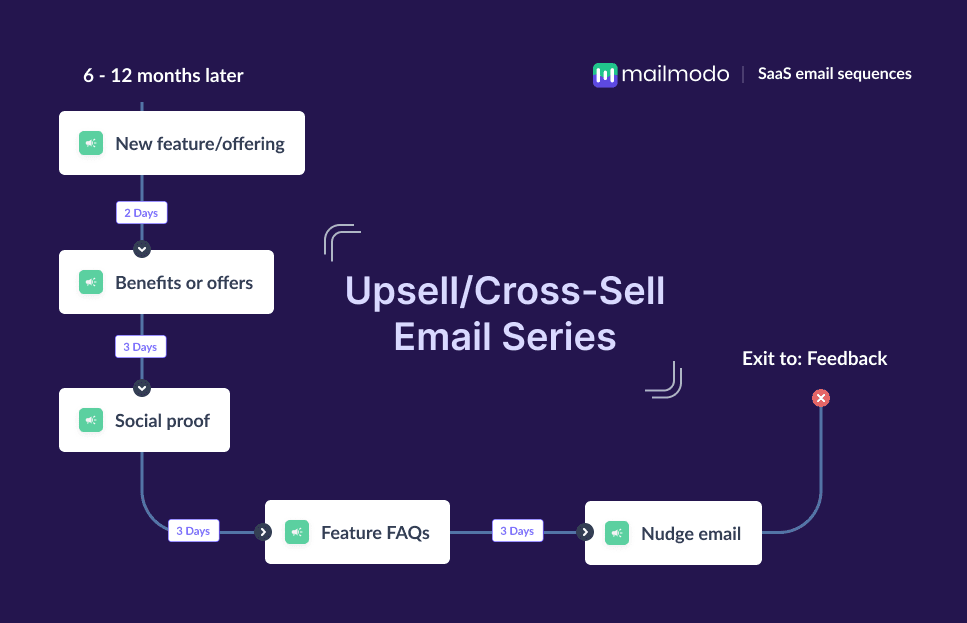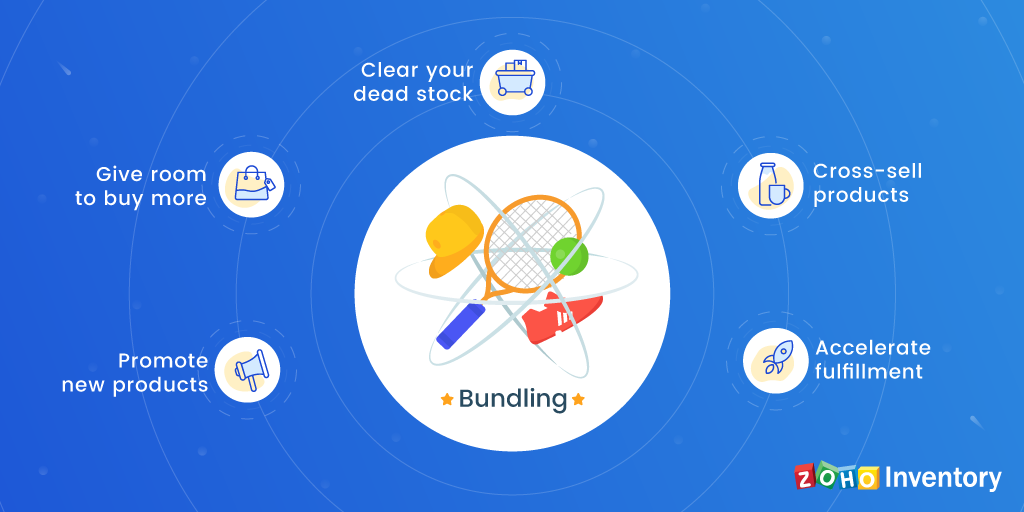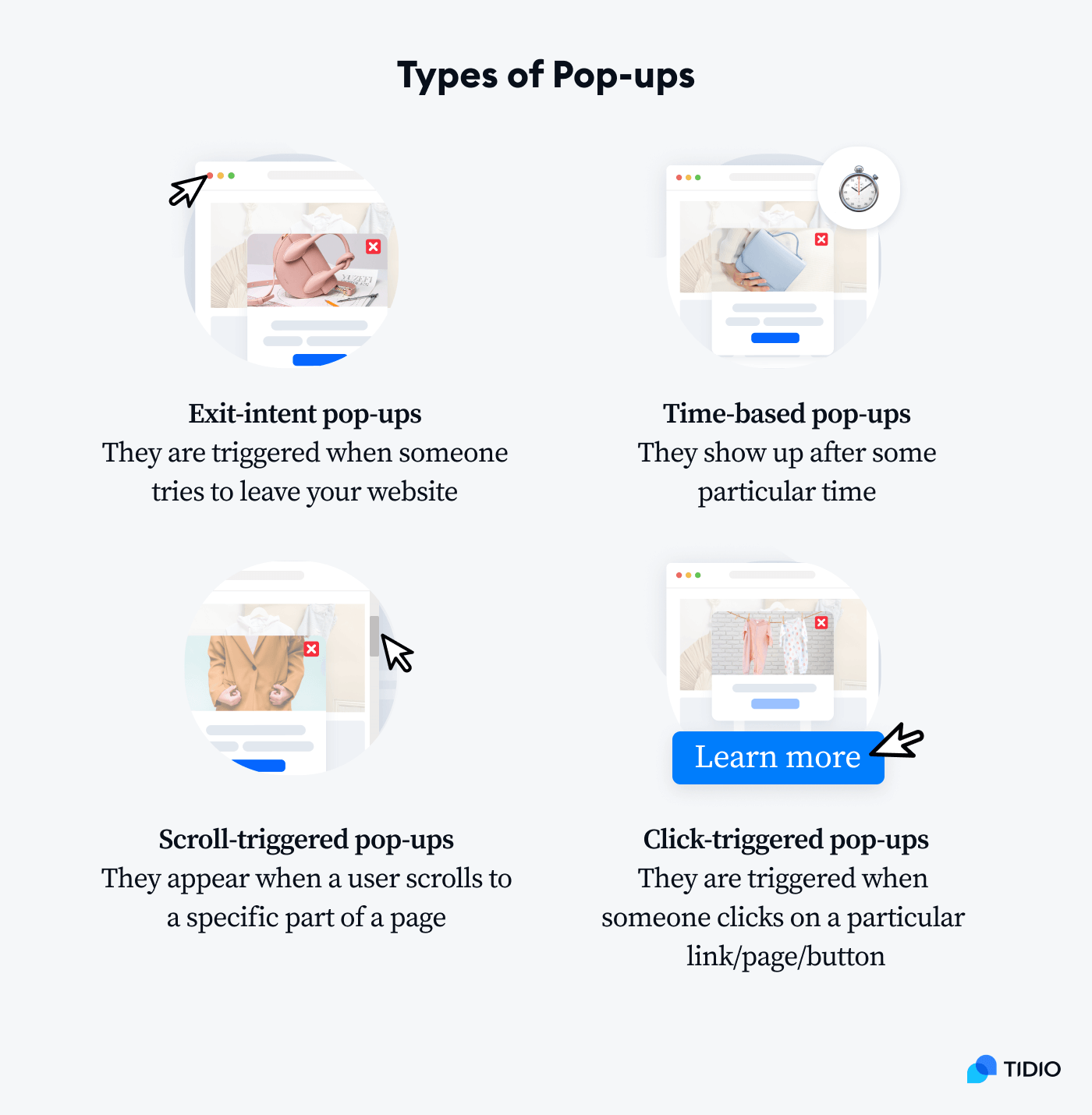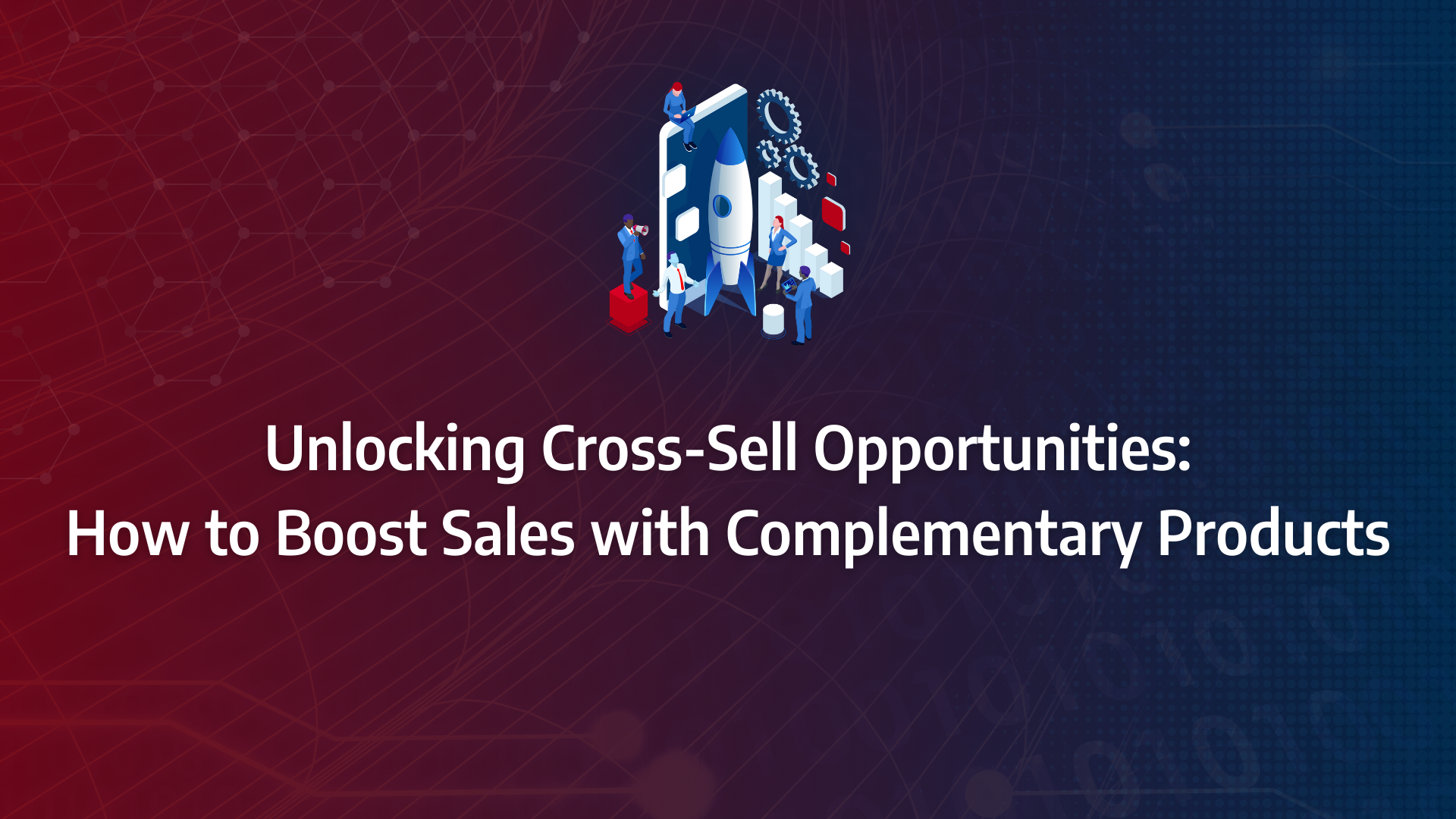Have you ever wondered how much potential revenue your business is leaving on the table? If you’re not leveraging cross-selling effectively, the answer could be more than you think. Cross-selling isn’t just about increasing sales—it’s about deepening customer relationships by offering them the products they actually need to complement their initial purchase. But how can you unlock these opportunities without overwhelming your customers or complicating your sales process? This blog post will walk you through step-by-step strategies to identify, implement, and measure cross-sell opportunities that align with your customers’ needs and your business goals.
- Identify Cross-Sell Opportunities: Leverage customer data and purchase history to pinpoint products that naturally complement your customers’ existing purchases.
- Implement Personalised Cross-Selling: Use personalised recommendations to align cross-sell offers with individual customer needs, enhancing their value perception.
- Utilise Technology: Integrate CRM systems and AI-driven tools to automate and refine your cross-sell strategies, ensuring timely and relevant offers.
- Avoid Overloading Customers: Be selective in your cross-sell offers to avoid overwhelming customers, ensuring that each recommendation adds genuine value.
- Measure Success Metrics: Track key metrics like average order value and customer retention rates to evaluate the effectiveness of your cross-sell strategies.
- Foster a Cross-Sell Culture: Train your sales teams and embed cross-selling into your sales processes to consistently maximise revenue and customer satisfaction.
Cross-Selling in a B2B Context
Cross-selling involves offering an additional, related product or service based on a customer’s previous or current purchases. Leveraging customer data, businesses can customise cross-selling opportunities to maximise the chance of a sale while boosting customer lifetime value (CLV).
Across all sectors, cross-selling is a proven technique for increasing average order value and driving revenue growth. By encouraging customers to expand their purchase beyond the initial transaction, businesses can tap into the potential of cross-selling opportunities without the need for significant additional marketing investment.
Cross-Selling vs Upselling: Are They the Same?
Although both cross-selling and upselling aim to increase customer spending, they differ fundamentally in what is being offered. Cross-selling suggests related or complementary products to existing customers, while upselling encourages the customer to upgrade their current product or service to a higher-tier option.
For example, a SaaS company engaging in upselling might recommend that a customer upgrade from a standard plan to a premium one with additional features and capabilities. In contrast, cross-selling in the same scenario might involve suggesting complementary services or tools that enhance the functionality of the software they already use.

The Benefits of B2B Cross-Selling
1. Selling to Existing Customers is Easier
One of the most significant advantages of cross-selling in a B2B context is that it is often far easier to sell to existing customers than to acquire new ones. If you’ve already demonstrated the value of your product or service, your current customers are far more likely to consider other offerings. In fact, they’re often more willing to explore new solutions and spend more than first-time buyers, making them ideal targets for cross-sell techniques.
When launching a new product or service, your existing customer base should be the first group to engage. This not only helps to drive initial sales but also strengthens ongoing customer relationships by delivering solutions tailored to their evolving needs.
2. Higher Revenue Without Increased Marketing Spend
Acquiring new customers is a costly endeavour, and rising acquisition costs are a common concern among B2B marketers. Cross-selling provides a strategic solution, allowing businesses to increase revenue without inflating their marketing budget. By focusing on cross-sell opportunities within your current customer base, you can generate significant returns without the burden of acquiring new leads.
In fact, 57% of retailers have highlighted escalating customer acquisition costs as a direct threat to their revenue targets. By investing in existing customer relationships through effective cross-sell techniques, businesses can drive growth while maintaining a lean marketing budget.
3. Boosting Customer Lifetime Value (CLV)
Enhancing CLV is one of the most impactful outcomes of a well-executed cross-selling strategy. Customer lifetime value refers to the total revenue a customer is expected to generate over the course of their relationship with your business. This metric not only highlights profitability but also serves as a gauge of customer satisfaction and loyalty.
Cross-selling directly influences CLV by increasing the value of individual transactions, thus driving higher overall revenue. By identifying cross-sell opportunities that align with your customer’s needs, you can nurture stronger, long-term relationships and create brand advocates who are likely to return for future purchases.
In summary, cross-selling offers businesses a powerful way to maximise value from existing customers. Whether it’s improving CLV, reducing marketing expenditure, or simplifying the sales process, effective cross-sell techniques provide a pathway to sustainable growth.
What Matters Most?
It’s clear that understanding the customer journey is the backbone of any effective cross-sell strategy. Our clients often discover that mapping how their customers engage with their products reveals natural points for expanding value through cross-sells. Typically, adopting an account-based marketing approach is invaluable for personalised cross-sell opportunities, where each offer is crafted around the specific needs of the account.Get In Touch
How to Identify and Capitalise on Cross-Selling Opportunities
Identifying and maximising cross-selling opportunities requires a deep understanding of your customers’ needs, challenges, and goals. A structured approach not only helps uncover these opportunities but also ensures that account managers can consistently engage customers with relevant, value-adding recommendations.
Know and Understand Customer Needs, Challenges, and Goals
For key account managers (KAMs), developing a comprehensive understanding of their clients’ goals and pain points is critical. However, this is not a one-time task—KAMs must continually update their knowledge as the client’s situation evolves. Below are three highly effective methods for uncovering this crucial information:
- Org Charts: Building and regularly updating a detailed organisational chart of your client’s company is essential. This map allows KAMs to pinpoint decision-makers and key influencers within the business. It also helps prevent over-reliance on a single point of contact, ensuring a multi-threaded relationship that keeps the team aware of new cross-selling opportunities as the organisation grows or changes.
- Ask Questions: It’s not just about knowing your customers; it’s about understanding them deeply. KAMs should engage in regular, meaningful conversations using a combination of standard Voice of Customer (VOC) questions and more in-depth discovery questions. These interactions are invaluable for gaining insights into the client’s evolving challenges, goals, and priorities, which often lead to new cross-sell opportunities.
- SWOT Analysis: Routinely conducting a SWOT (Strengths, Weaknesses, Opportunities, and Threats) analysis on your accounts can reveal areas where cross-selling might be most beneficial. For example, identifying a gap in their current tools or strategies may present an ideal moment to suggest complementary services or products that address those weaknesses and help meet their strategic goals.
Each of these techniques plays a vital role in enabling account managers to identify cross-sell opportunities effectively and ensure they offer the right solutions at the right time.
Conduct Routine Account Reviews
Regular account reviews should be scheduled according to the engagement level with the client and the complexity of the product or service. These reviews provide a formalised opportunity to assess how well the client’s current solutions are meeting their needs and to identify cross-sell opportunities that address emerging requirements. Importantly, these sessions should also involve C-suite executives whenever possible, offering a broader, strategic view of the account that may highlight untapped cross-sell potential.
Source: WorldMetrics
How to Capitalise on Cross-Selling Opportunities
Once cross-selling opportunities have been identified, it’s essential to capitalise on them effectively. Here are three critical strategies:
1. Train the Customer-Facing Workforce
Your customer-facing teams—whether in marketing, customer support, or user success—may not inherently possess the skills needed for effective cross-selling. This is why comprehensive training programmes are so vital. A single, well-structured training module can significantly increase the ability of these teams to spot and act on cross-sell opportunities. Training should focus on how to integrate sales techniques into everyday customer interactions without appearing pushy, which is crucial for maintaining strong client relationships.
2. Empower Staff Members with Data
Even the best-trained employees cannot act on cross-selling opportunities without the right data at their fingertips. Providing your team with robust, CRM-driven tools ensures they have full visibility into a customer’s purchase history, preferences, and past interactions. This level of insight allows employees to offer personalised recommendations that are highly relevant to each customer’s needs, significantly improving the likelihood of a successful cross-sell. A CRM that is accessible across teams also fosters collaborative efforts, ensuring that both marketing and sales teams can synchronise their strategies effectively.
3. Prepare to Engage Across Multiple Channels
To truly maximise your cross-sell techniques, staff must be equipped to engage customers across all channels. Whether it’s through email, call centres, or even live chat, ensuring seamless access to customer data across these touchpoints enables staff to provide consistent and timely cross-sell recommendations. For example, a customer who interacts with your email marketing might later call for support, at which point the agent can offer a relevant cross-sell based on their previous activity.
Which is the best way to cross-sell my products?
Maximising the value of cross selling opportunities requires a well-structured approach that integrates seamlessly with your customer’s buying journey. By strategically placing cross-sell offers at key touchpoints, you can enhance both the customer experience and your bottom line. Below are some of the most effective cross sell techniques to optimise this process.
1. Cross-Sell on Product Pages
Before your customers even reach the cart or checkout, your product pages are prime real estate for introducing cross selling opportunities. Offering relevant, complementary products at this stage helps to spark interest early in the buyer’s journey.
By strategically placing cross-sell offers on these pages, you can pique curiosity in related products. For example, if a customer is looking at a printer, suggesting ink cartridges or paper can plant the idea of a broader purchase. Even if they don’t immediately add these items to their cart, seeing related products early increases the likelihood that they’ll respond to further cross selling tips later in the process.
2. Cross-Sell in the Cart
The cart itself is a powerful tool for executing cross selling techniques. Here, you can showcase items that visitors may not have seen but are likely to be interested in based on their current selection. Additionally, you can highlight what other customers frequently buy together, using phrases like “trending products” or “customers also bought.”
This form of social proof helps build trust in your brand while providing an extra nudge to consider complementary products. By implementing cross selling tips like this, you not only increase average order value but also enhance the overall customer experience.
Source: McKinsey
3. Bundling Complementary Products
Rather than waiting for customers to discover complementary products on their own, proactively offering bundles can significantly boost results. Personalisation is key—tailor these bundles based on customer preferences and buying behaviour. For example, if a customer has a shirt in their cart, suggest adding matching accessories like a beanie or scarf to complete the look.
Bundles also work well for items with natural pairings, such as software and support packages or hardware and maintenance plans. By offering well-crafted bundles, you make it easy for customers to see the added value in purchasing multiple items together, turning cross selling opportunities into increased revenue.

4. Create a Sense of Urgency
Capitalising on a customer’s fear of missing out is an effective cross sell technique. When cross-selling in the cart, creating a time-sensitive offer can push customers towards making an additional purchase. For example, you might display a message like, “Spend £15 more to qualify for free shipping,” or “Add £20 to your order to receive a special discount.” This kind of urgency appeals to the customer’s desire for exclusive opportunities, making them more likely to act on cross selling opportunities.
5. The Social Approach Based on Buying Behaviour
One of the most powerful ways to maximise cross selling opportunities is by using a social approach. Rather than relying solely on algorithms or expert recommendations, this method focuses on the collective behaviour of your customer base. For example, platforms like Amazon excel at this by showcasing their “frequently bought together” feature, which encourages customers to purchase combinations of products based on real-world buying behaviour.
For B2B companies, adopting this strategy can reveal unique product pairings that may not be immediately obvious but have been proven to resonate with buyers. By tapping into the collective behaviour of your customer base, you can identify and offer cross-sell opportunities that are more likely to succeed.
6. Retargeting
Retargeting is an essential digital marketing strategy that ensures you stay on the radar of potential buyers who haven’t yet made a purchase. In the B2B world, purchasing decisions often involve multiple interactions—up to 27, according to Forrester research—before a final choice is made. Cross selling tips in retargeting efforts help brands stay top-of-mind during these lengthy decision-making processes.
Retargeting works by displaying tailored ads to users who have previously interacted with your site but did not convert. These ads encourage them to return and complete their purchase, perhaps with the added incentive of a cross-sell offer. In the B2B landscape, where buying decisions are research-driven and involve numerous stakeholders, retargeting can act as the gentle reminder needed to bring a prospect back into the fold and convert them into a customer.
Our Tactical Recommendations
We often find that using behavioural segmentation—targeting cross-sell opportunities based on customers’ specific usage patterns—leads to highly relevant offers. Additionally, using educational content subtly drives cross-sells by introducing customers to more of the product range without the hard sell. Another key tactic is making the cross-sell process frictionless; many clients realise that removing barriers and simplifying the logistics of upgrading or adding new services accelerates their success in upselling and cross-selling.Get In Touch
How to cross sell to my existing customers
Effective cross selling opportunities rely on personalisation, timing, and active engagement with your customers. By carefully tailoring your approach to each customer, you can maximise the potential for upsell and cross-sell success while maintaining trust and credibility.
Personalise On-Site Offers
One of the most impactful ways to capitalise on cross selling opportunities is through personalised on-site offers. Research shows that businesses lost an astounding $756 billion last year due to inadequate personalisation efforts. Customers want to feel understood, and failure to implement effective personalisation can lead to a loss of trust in your brand.
People are far more likely to respond to businesses that address them by name, offer recommendations based on their past purchases, and recognise their on-site behaviour. When customers feel confident that your brand understands their needs, they are much more inclined to consider your cross sell techniques and take advantage of upsell opportunities.
A creative way to enhance personalisation is by adding relevant cross-sell offers to the sidebar of your blog posts. These cross-offers should relate directly to the products or services you’re discussing, making the recommendation feel more natural and less forced. This method allows you to tap into cross selling tips that encourage customers to explore additional options without overwhelming them.
Time Your Upsell Offers
Timing is everything when it comes to cross selling opportunities. You need to make sure your offer comes at the right moment, so it doesn’t feel intrusive or too aggressive. A well-timed upsell or cross-sell offer should align with the customer’s buying journey, enhancing their experience rather than disrupting it.
One of the most effective times to introduce an upsell or cross-sell is during a post-purchase follow-up or a customer review. After a purchase, customers are more receptive to feedback requests, and this is the perfect opportunity to suggest complementary products or services. By gauging their satisfaction and understanding their experience, you can tailor your cross sell techniques to match their current needs, leading to more successful outcomes.

Listen and Ask Questions
To truly unlock the potential of cross selling opportunities, it’s essential to listen to your customers and engage in meaningful conversations. Rather than treating the interaction as a one-sided sales pitch, ask open-ended questions that reveal your customer’s needs, challenges, and motivations.
Listening carefully to their feedback, objections, and concerns helps build a genuine rapport and establishes trust. When customers feel heard, they are more likely to open up about their needs, providing you with valuable insights that you can use to tailor your cross sell techniques more effectively.
By asking the right questions, you also discover key pain points that your products or services can solve, creating more relevant and personalised cross-sell opportunities. This approach not only strengthens customer relationships but also positions you as a trusted partner who truly understands their business needs.







